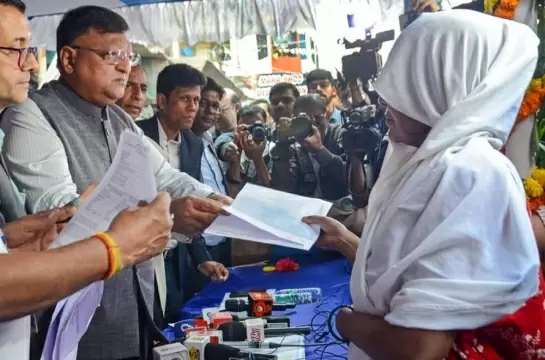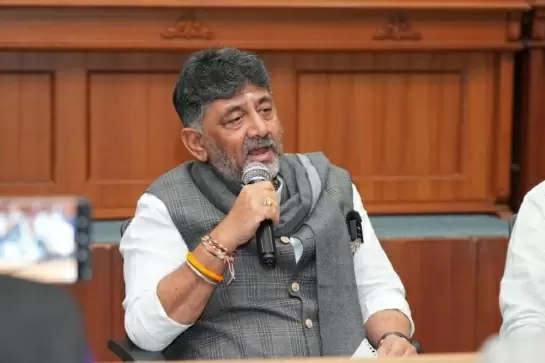Local pollutants major reason behind Delhi's foul air
10-January-2020
People living in Delhi-NCR, please take note. Researchers have found that activities such as construction, vehicle traffic and domestic heating contribute significantly to the Delhi-National Capital Region's high concentrations of harmful air pollutants.
For the study, published in the journal Sustainable Cities and Society, researchers gathered and analysed four years of pollution data from 12 sites across Delhi, Haryana and Uttar Pradesh, with the aim of understanding how particulate matter (PM2.5 and PM10) and gases (oxides of nitrogen, sulphur dioxide, carbon monoxide and ozone) impact this area of India.
According to the World Health Organisation, air pollution was estimated to have caused nearly 4.2 million premature deaths worldwide in 2016. In India, around 600,000 deaths annually are attributed to air pollution, and some of the world's highest levels can be found in Delhi.
"It is heartening to see the world come to terms with the fact that the climate change emergency should be at the top of every nation's agenda - not least India," said study researcher Prashant Kumar from the University of Surrey.
"Our analysis of Delhi's air pollution data over a significant period of time confirms that local sources of pollution - such as traffic and the heating of homes - are having a tremendous impact on air quality in the Delhi region," Kumar added.
Moreover, the surrounding regions of Delhi are suffering a substantial impact during the winter months, the researcher said.
Despite the long-term nature of the study, the results show a clear trend with significantly higher levels of air pollutants in winter months than in summer or monsoon periods, with the exception of ozone levels.
The high levels of fine and coarse particulate matter (PM2.5 and PM2.5-10) in winter months were attributed to fumes from crop burning upwind of Delhi and a likely increase in biomass burning for residential heating because most parts of the region do not have central heating systems.
According to the study, the weather during the winter months - particularly reduced precipitation and low wind speeds - is also thought to play a significant role in raising pollutant levels.
The research team also obtained meteorological data from each station for the duration of the study, allowing the examination of wind speeds and the direction of particulate matter using the Bivariate polar plot and k-mean clustering.
The results suggest that local sources of pollution, such as traffic, construction and domestic heating, influenced pollutant levels more than regional sources (air pollution from long-range traffic).
"The currently configured network of air pollution monitors does not permit the evaluation of long-range transport between Delhi and the NCR (and vice versa), highlighting a need for well thought out planning to expand the current network in the future," Kumar said.IANS
Opposition Moves to Impeach Justice G R Swaminathan; Kanimozhi Cites Loss of Public Trust
Akhilesh Yadav Slams Centre, Yogi Govt Over Pollution And SIR Drive
PM, HM Set Out To Become Historians But Became ‘Distorians’: Jairam Ramesh
Under-16s Blocked From Social Media In Australia As Ban Comes Into Force
Armed Man Arrested At Vijay’s Puducherry Rally Venue, Security Tightened









